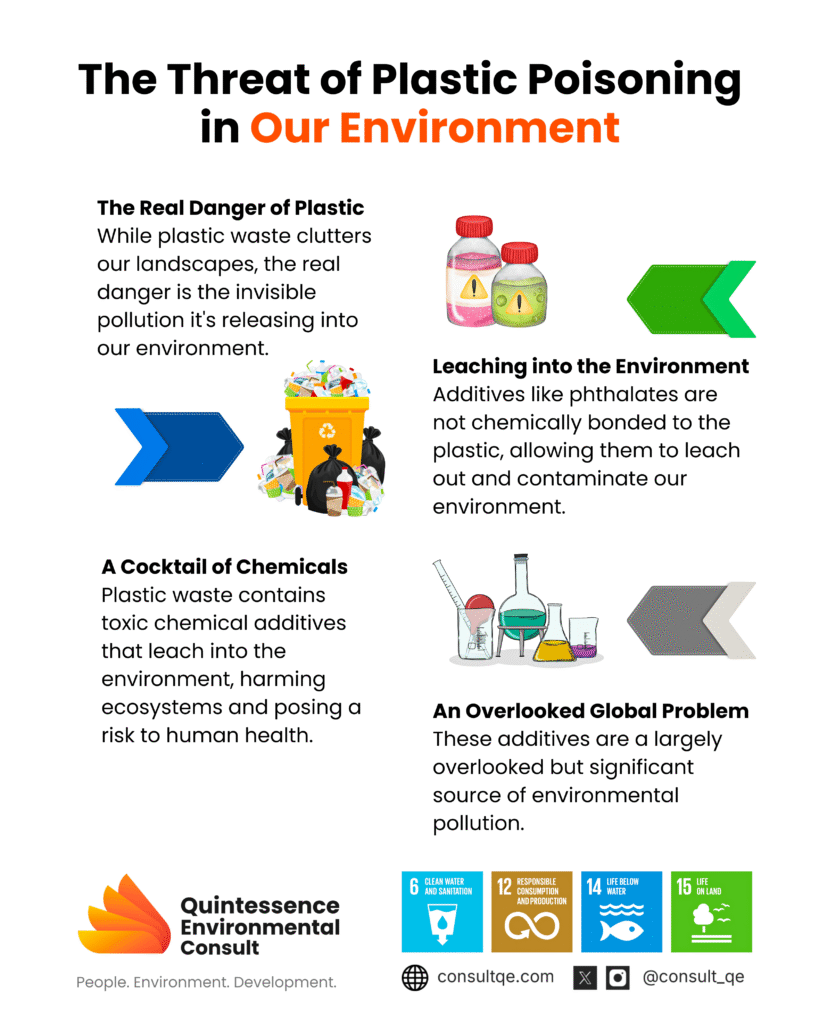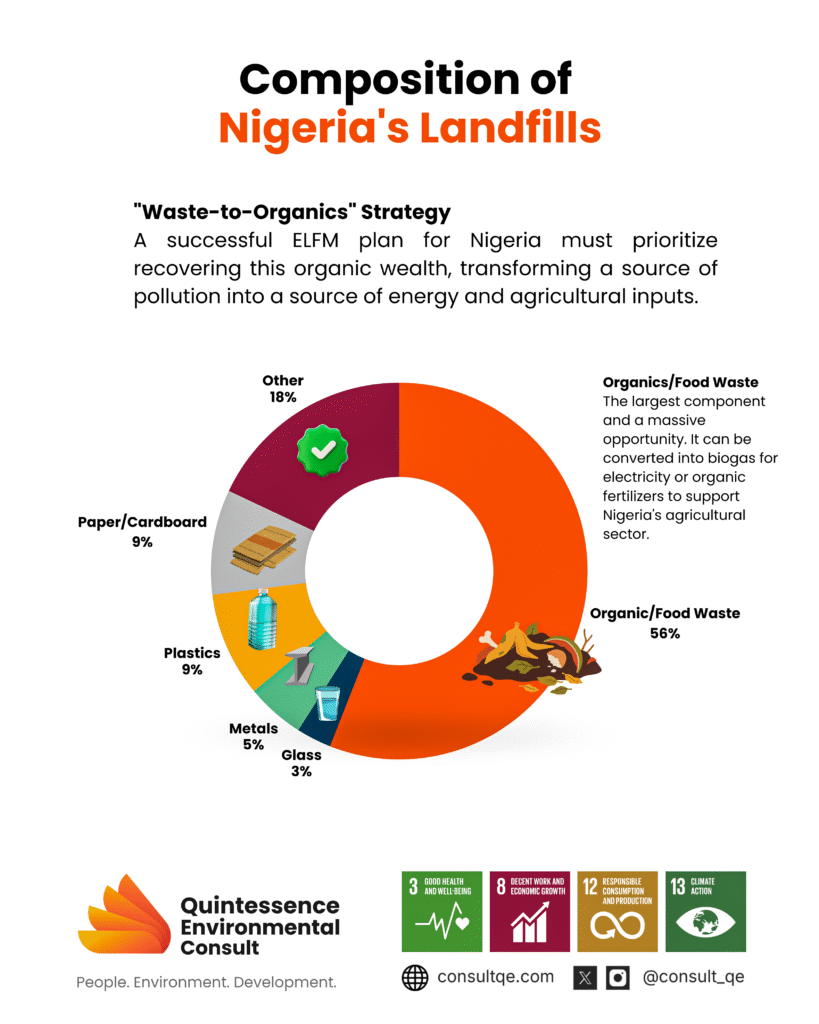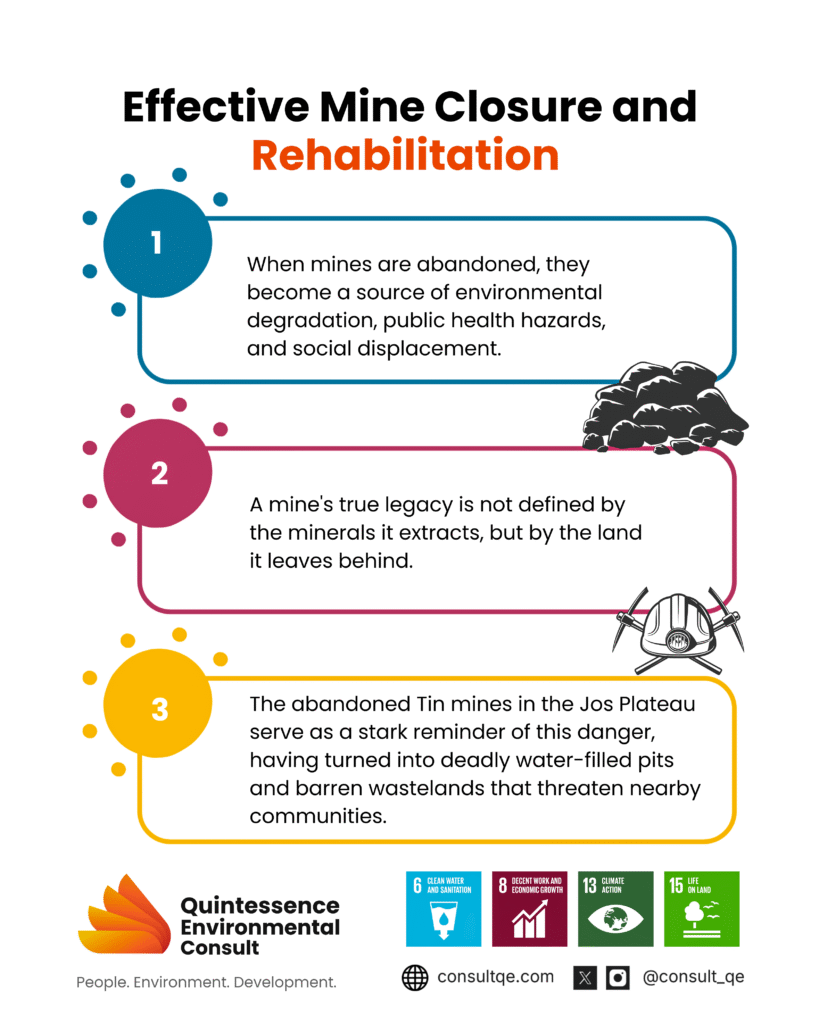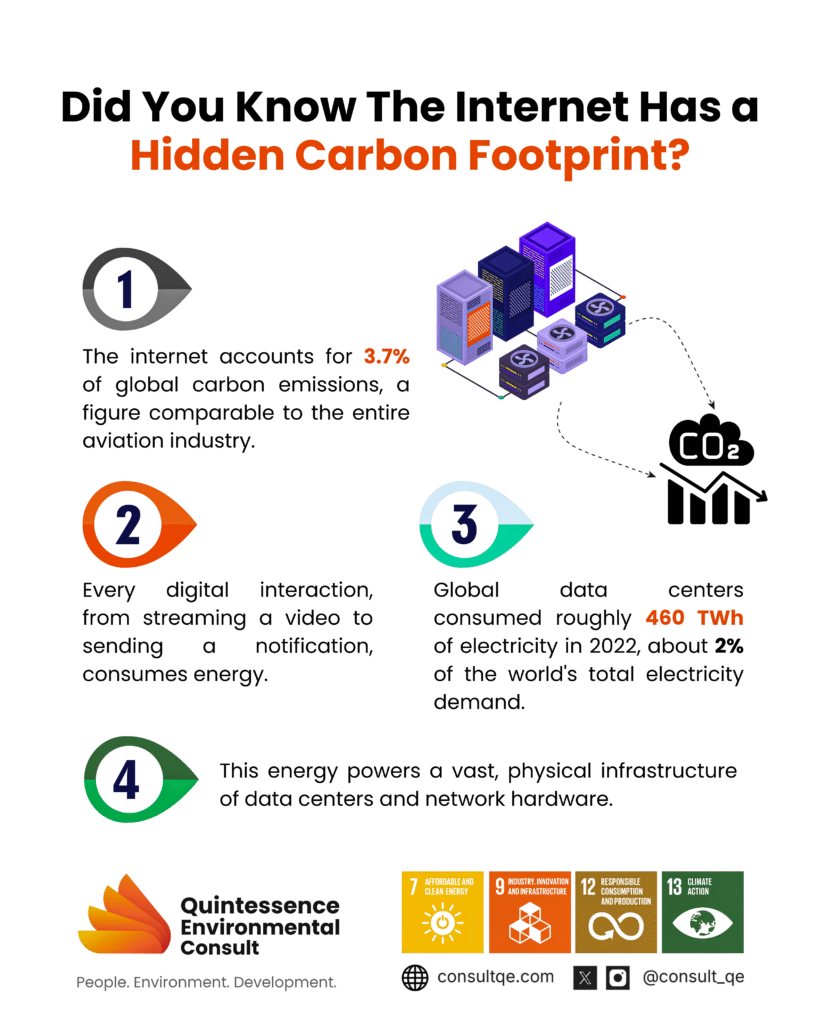Environmental Impact Of Plastic Additives In Nigeria: An Emerging And Overlooked Contaminant Of Concern

Plastic products often contain additives such as plasticizers, stabilizers, flame retardants, pigments, PFAS-based coatings, and biocides, which are incorporated into polymer matrices to enhance their performance. Since most of these additives are not chemically bonded to the polymers, they can leach out, evaporate, or be released along with micro- and nanoplastics into the environment.
While global concern about this chemical aspect of plastic pollution is increasing, in Nigeria—where plastic waste management faces challenges like high waste production, limited formal recycling, open dumping, and frequent flooding—these additives remain a largely overlooked but potentially significant source of environmental contamination (Ebere et al., 2019; Faleti, 2022).
Landfill Mining in Nigeria: From Dumpsites to Green Economy

For decades, landfills have been a quick, out-of-sight solution for our ever-growing piles of garbage. They’re often seen as the most economical way to deal with waste, but they come with significant environmental liabilities. Despite the global push for recycling, landfilling remains a dominant practice in many developing nations like Nigeria, leaving countless dumps full of accumulated waste, including valuable materials that are simply buried.
Landfill mining is the process of excavating closed or active landfills to recover valuable resources, reclaim land, and mitigate environmental hazards. Unlike traditional waste management, which focuses on handling new waste, landfill mining goes back to the existing landfill to reclaim a treasure trove of recyclable and reusable resources such as metals, plastics, and glass. 5
This reduces the need for virgin materials and supports a circular economy.
Beyond Smart Grids: Unpacking the Next Wave of Digitalization in Nigeria’s Energy Sector

Nigeria stands at a pivotal moment in its energy transition. While the conversation around smart grids has laid a crucial foundation, the next wave of digitalization promises even more profound transformations. We are talking about a future where Artificial Intelligence (AI), the Internet of Things (IoT), blockchain, digital twins, and edge computing converge to create an energy ecosystem that is not just smart, but also predictive, resilient, and highly efficient. As Nigeria grapples with the dual challenge of expanding energy access and ensuring sustainability, these advanced digital tools are no longer futuristic concepts but essential enablers for progress.
This evolution is about using deeper intelligence to solve persistent problems, such as high energy losses and grid instability, and unlocking new opportunities for consumers and the economy.
Mine Closure and Land Rehabilitation: A Forgotten Chapter in Sustainability

When conversations on sustainable mining arise, they often focus on responsible extraction, environmental safeguards, and community relations during active operations. Rarely, however, do they touch the crucial, final chapter of mining: “mine closure and land rehabilitation”, a chapter that determines whether the land will become a legacy of prosperity or a scar of neglect.
WHY IT MATTERS
For decades, mining in Nigeria and indeed in much of Africa, such as the Republic of Congo, South Africa, Ghana, etc, has been driven by the excitement of discovery and profit. Unfortunately, once minerals are depleted, many companies pack up, leaving behind degraded landscapes, toxic tailings, and polluted water bodies. Communities are left to deal with the aftermath: infertile soils, unsafe pits, and lost livelihoods. The abandoned tin mines in Jos, Plateau remain a stark reminder of the dangers of ignoring post-mining land use; many have turned into deadly water ponds or barren wastelands, posing environmental and public health risks [1].
In contrast, modern sustainable mining emphasizes not only “how we mine” but “what we leave behind”. Mine closure and land rehabilitation ensure that post-mining landscapes are safe, ecologically functional, and, where possible, economically useful.
Zero-Carbon Emission: Your Guide to a Sustainable Digital World

The internet is not as clean as it seems. Every website you visit, every video you stream, and every notification your application sends consumes energy. With 5.56 billion internet users globally [2], the collective environmental impact of digital platforms is staggering. Digital technologies are now responsible for more greenhouse gas emissions than the entire aviation industry. Every time someone visits a website, their browser sends a request to a server, which consumes electricity, often powered by fossil fuels (coal, petroleum and natural gas). While we often think of digital technology as an ethereal and clean resource, it’s powered by a vast, physical infrastructure of servers, data centers, and network hardware that consumes massive amounts of electricity.
